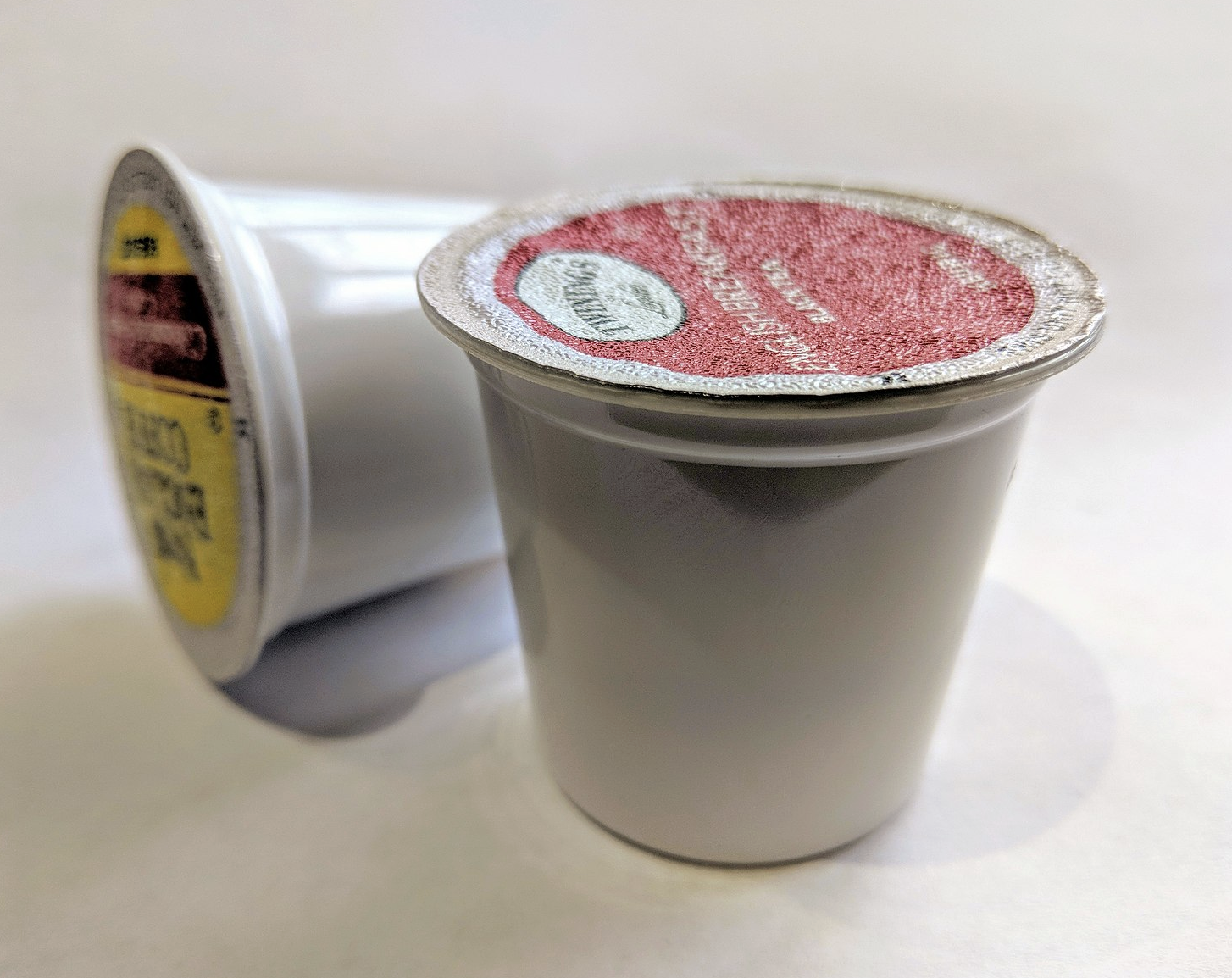TIME – Each morning, millions of Americans press a single button for a hot cup of coffee. As much as they enjoy the instant comfort, it may have hidden health costs.
Like many other kitchen products, the pods and cups used inside these coffee machines often contain plastic materials.
Studies find these materials can shed microplastics, which are then released into the coffee—and emerging research suggests that long-term exposure to microplastics in general may compromise health.
In 2024, researchers showed that patients with microplastics in their arteries had higher risk of heart attack, stroke, and early death.
“We already have evidence that many plastics and related microplastics contain hazardous chemicals that can cause harm,” says Justin Boucher, an environmental engineer and operations director of the Food Packaging Forum, a nonprofit that tracks research on how materials affect food.
Scientists are finding that coffee pods and cups may contribute to this problem.
Reason for concern
Many coffee pods and single-serve cups include plastics that break down as coffee is made. They can wind up in your drink, making for a cocktail of convenience, caffeine, and microscopic debris.
Microplastics are pieces of plastic smaller than five millimeters. They have become ubiquitous due to our heavy reliance on plastic and get into our bodies in several ways.
One path is through plastic food packaging; their microplastics can migrate, along with plastic-related chemicals, into the food.
Because they’re so small, microplastics are absorbed and carried by the blood to vital organs. Lab studies of human cells and animals show they can cause inflammation, oxidative stress, and immune disturbances—issues that contribute to a variety of diseases.
What’s currently lacking is clear evidence that microplastics directly cause these illnesses, says Mohamed Abdallah, professor of environmental chemistry at the University of Birmingham in the U.K. …



